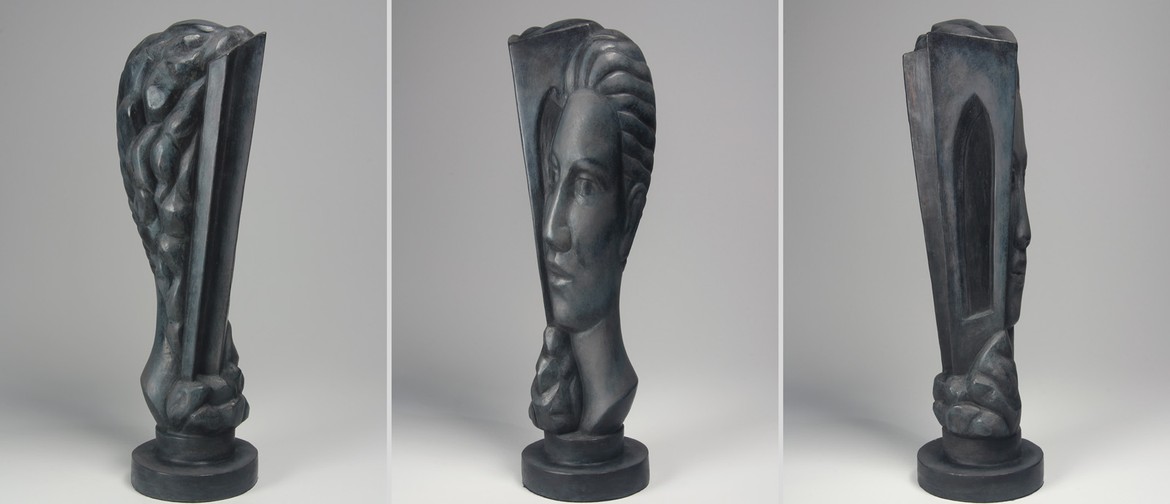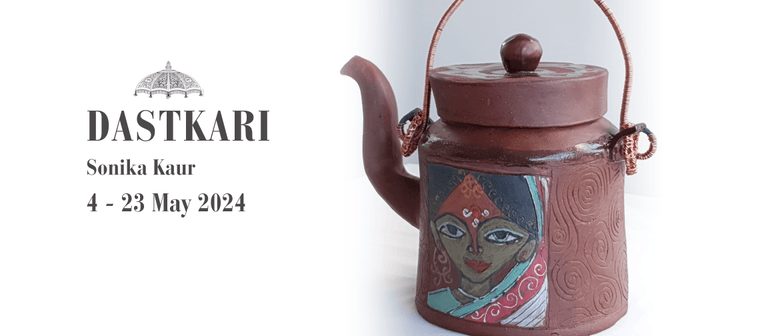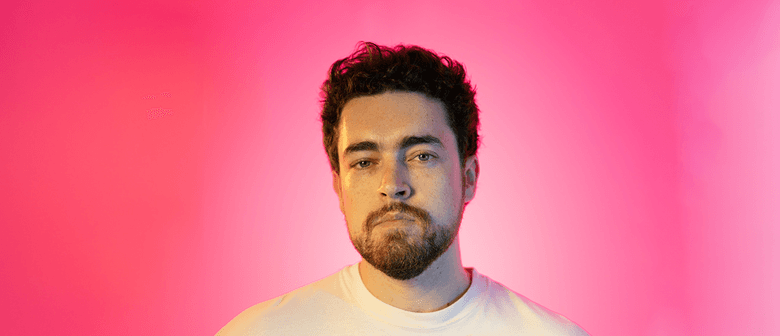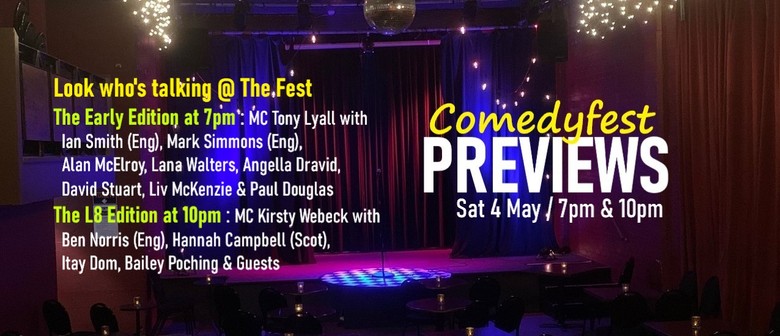Terry Stringer: The Language of Sculpture (2020)
18 Dowling St, Dunedin, Otago
Ticket Information
Restrictions
Listed by
Terry Stringer’s sculpture practice has always been grounded in elements of classical statuary. While acknowledging these traditions, Stringer shifts their rules of form and proportion to create works that are both familiar and strange. The Language of Sculpture shows the ways in which the artist translates well-known sculptural phrases, shifting and changing meaning as he does so.
Architectural elements are a marked feature of the artist’s most recent works. On one hand they allude to the common language of volume and space architecture shares with sculpture; on the other they operate as a metaphorical device to carry Stringer’s concepts of mutable, sacred space. The Head is a Temple (2019) uses its title to provide a clear statement of artistic intent, but in doing so raises many more questions about the work. If the head is indeed a temple, what of the body? To whom is the temple dedicated? And who worships there?
The face shifts as we move around the sculpture, giving way to columns supporting the dome of the head. They define an interior, allowing us to see inside and outside simultaneously; the effect of a shrine is accentuated as we peer into the enclosure to the small figure hidden inside. The body of the work provides an austere and angular contrast to the complex head/temple. Its distinct corners and discrete planes celebrate the functional over the conceptual: aspiring “to be part of the built environment, just as architecture can desire to be sculpture” (1).
Stringer’s bronzes possess a sense of quiet movement. Figures appear and disappear from sight depending on our perspective and focus, and as soon as we identify one element of a work, it slips into another across an undefined boundary. Sculptural Language (2019) illustrates these characteristics using three elements that have been integral to Stringer’s visual vocabulary for decades. Body, face and hand dissolve into one another, creating a harmonious whole that is nevertheless in a continual state of flux.
If we consider form and line, surface and volume, interior and exterior to be grammatical rules of sculpture, we can see how they can take on an accent that is entirely the artist’s own. Terry Stringer translates the language of sculpture into his unique dialect.
1. Terry Stringer, Artist statement, 2020.
Log in / Sign up
Continuing confirms your acceptance of our terms of service.




Post a comment